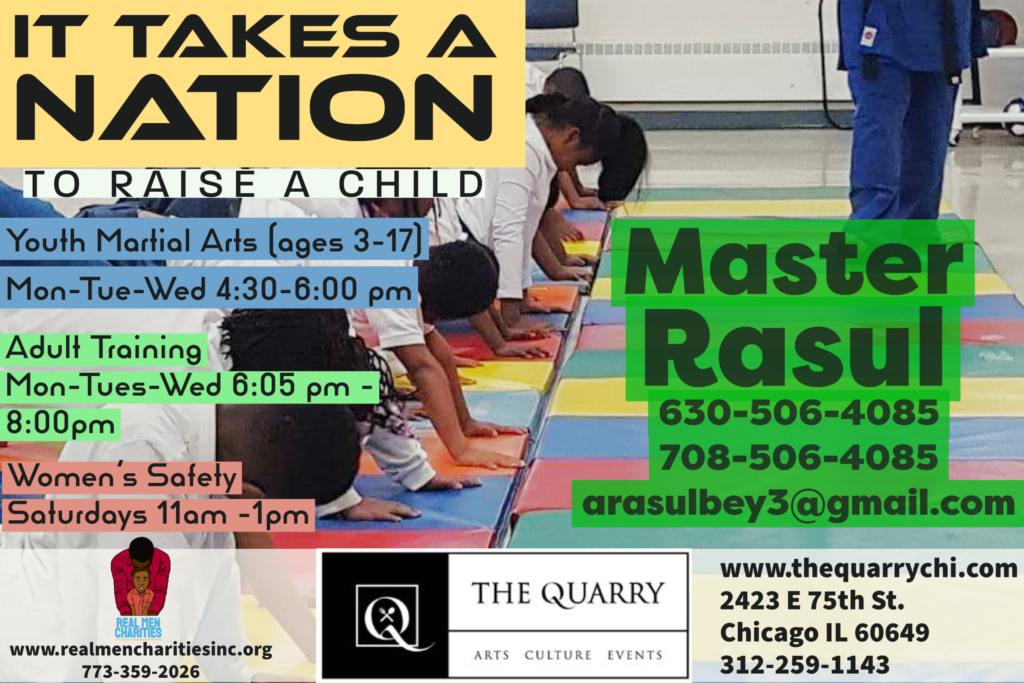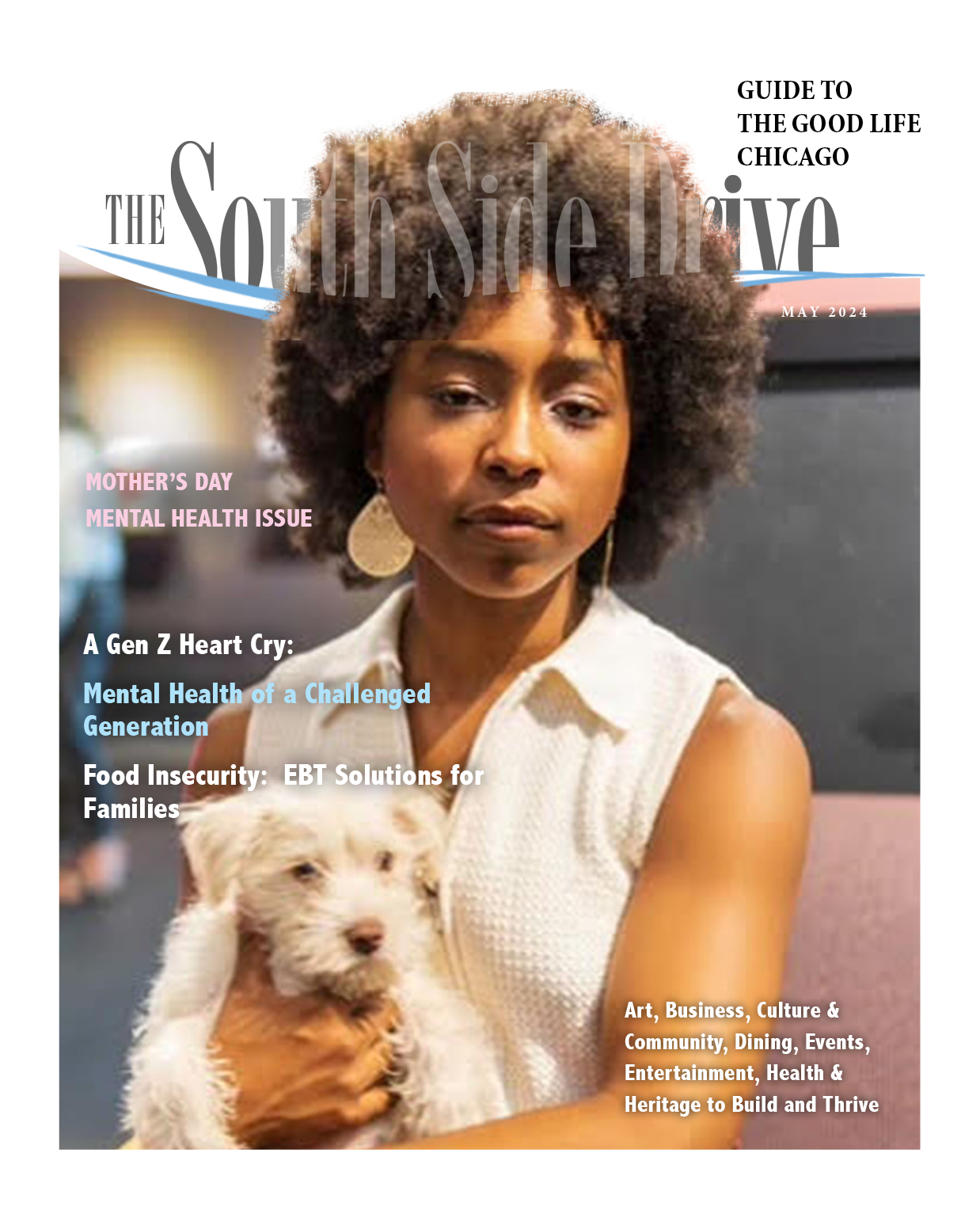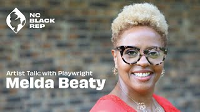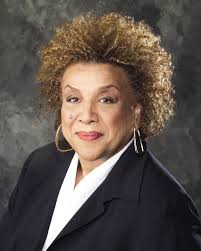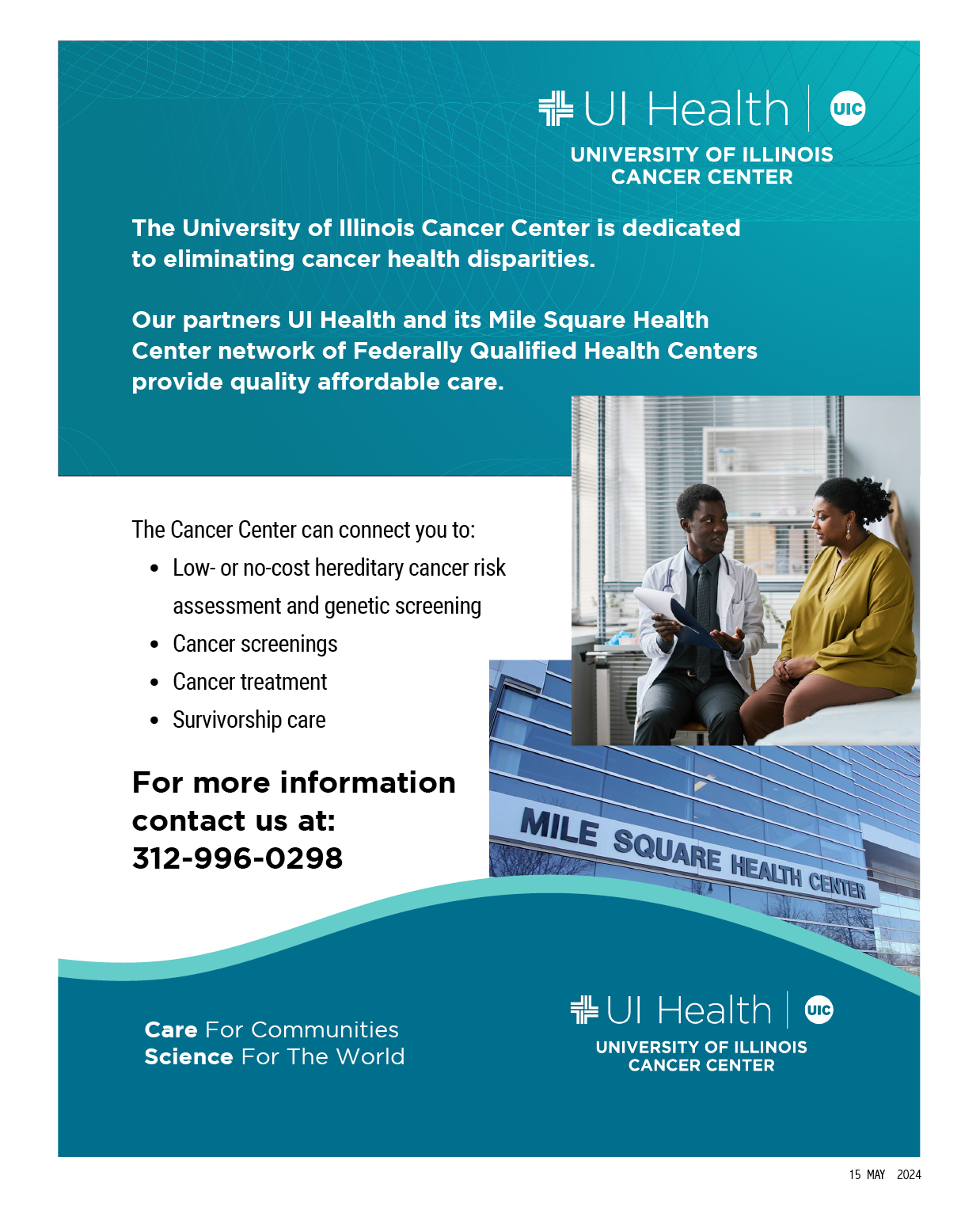First, let me tell you about Maceo Leon Thomas. He describes himself as a singer, actor, and historian. I’ve never heard him sing. I have never seen him act. But if his acting and singing skills are anywhere as amazing as his talent, not only for researching and learning about the rich history of so many of our ancestors; many of whom are renowned, some who are obscure, then I look forward to enjoying his vocal and dramatic talents.
After seeing a film excerpt of Marcus Garvey, Maceo developed a keen interest in his life, and continued exploring the life of Marcus Garvey through his adult life, even becoming a member of Garvey’s organization, the UNIA.
Marcus Garvey was born in St. Anne’s Bey Jamaica. His parents were Malchus Garvey and Sarah Jane Richards. The Garvey’s had a total of six children, two from Malchus’ previous relationships. Sadly, Marcus Garvey and his sister, Indiana, were the only ones who survived childhood.
Garvey’s father was a Stone Mason and an avid reader who possessed a huge library and was constantly ordering magazines and newspapers and other periodicals through the mail, which he never paid for. Thus, Marcus developed his literary skills and became an avid reader himself.
Marcus’ childhood friend Isaac Rhodes described Marcus with pockets filled with magazines and periodicals and a dictionary in his hand; challenging his peers to choose a word from the dictionary for him to spell. According to Maceo, “Marcus Garvey had the rare genius of being self-taught, as there was no collegiate education in Jamaica at that time, only elementary and secondary school.”
Soon Malchus had accumulated thousands of dollars in debts for the magazines and periodical, and the companies took him to court and won. They began portioning off his land to pay the debt, leaving the family in dire straits. Eventually, Malchus Garvey left, and a teen-aged Marcus began assuming the responsibilities as the man of the house. To support himself and his mother and sister, he became a printer in 1901 with a printing company owned by his godfather Alfred Burrough, from whom he learned all about printing.
In 1905 Marcus went to Kingston, Jamaica where he got a job with P.A. Benjamin Printery. Soon he was promoted to foreman, a huge feat for a Black man at that time. Soon after he became the leader of the union. When the printers went on strike, management offered Garvey more money as a reward for not involving himself in the strike. Instead, Garvey sided with the workers, went on strike, and was fired.
There was a devastating earthquake in 1907, he and his mother and family lived on the street. Mother died a year later. In 1910, after witnessing more and more inequities toward Black people, he published his first newspaper, the Watchman.
Sometime after 1910, he began a journey through South America. In Costa Rica, he observed Black workers at the United Fruit Company putting in more work and getting paid much less. He published his second newspaper called La Nicion – to inform workers of their rights.
In 1912 he went to London where he worked on the dock and spent time at Birkbeck College taking courses in law and philosophy and visiting the legislative branch of England to learn about the ancient history of our people – and he traveled to France, Germany, Austria, and Hungary.
Garvey started working for Dose’ Mohamed Ali, a former renowned actor who started the African Express Newspaper to address the Pan African and Pan Asian Community. He wound-up writing articles for the paper.
On the trip back to Jamaica, he began reading about Booker T. Washington, and began to ask questions – Where is the Black man’s government? Where is the Black man’s president? Where is the great man of affairs? He did not see anything with power potential for our people.
When he arrived in Jamaica on July 15, 1914, he started the Universal Negro Improvement Association and African Community League.
Debating was a big thing in Jamaica, and one day Garvey stopped by the Queen Street Baptist Church, where seventeen-year-old Amy Ashwood was speaking on morality.
Impressed by her eloquence and the power behind that speech Garvey befriended her. He told her about the UNIA and invited her to his headquarters, which was a hotel room that served as both his office and bedroom. When she saw the bed, she did not enter the room but promised to come back.
Amy Ashwood ‘s father was a successful businessman, and she was his treasurer. She took a portion of her father’s money and rented out the entire second floor. That became the official headquarters of the UNIA.
UNIA school was patterned after Booker T. Washington’s Tuskegee Institute. They also had night schools for adults.
In March 1916, at Booker T. Washington’s behest, Marcus Garvey came to the United States. His plan was to go on a thirty-eight-state tour and then return to Jamaica.
He traveled all over the USA and was impressed by Chicago’s and Washington D.C.’s Black businesses. In Harlem, New York, Garvey became the most renown and well-received soap box orator, even outshining A. Philip Randolph. His second branch of the UNIA, which he started in New York in 1918, grew from 2,000 to 2 million members by1919. There he founded the Negro Newspaper, a Negro factory, a millinery shop, grocery stores, auto repair shops, and printing shops. In New York alone over 1,000 people were employed under the UNIA. He even founded a shipping line, the
Black Starline, which he envisioned as trading vessels, not only for trade in the United States and Central and South America, but for Africa as well.
Right around that time District Attorney Edwin P. Kilroe began investigating Garvey and the UNIA for any illegal activity, which he could not find. However, Garvey wrote a scathing article about Kilroe and the investigation and Kilroe had him arrested. Garvey apologized for the article and Kilroe withdrew any further investigation. In 1919, a lawyer, George Tyler, who claimed to have been put in charge of investigating the UNIA by the Bureau of Investigation, marched into Marcus Garvey’s office where he shot Marcus Garvey. Garvey recovered. Tyler was arrested and fell and died while in prison.
World War I was ending around that time and a lot of Black soldiers from the Harlen Hell fighters (369th Division) became part of the UNIA.
In December 1919, he married Amy Ashwood – 3 or 4 ministers presided over the wedding. Their marriage lasted less than 2 years.
In 1922 he married his second wife, his secretary, Amy Jacques.
In 1920 the first international convention of UNIA was held where 22,000 people from all over the world met at Madison Square Garden. The parade was ten miles long, featuring delegates from every part of the world. They formulated fifty-four declarations of rights for Negroes throughout the world, including the unveiling of the red, black & green flag (in response to a racist song “Everybody has a flag but the coons”), and the declaration that Black History must be taught in every Black school throughout the country.
In 1922 the intensity of the investigation of the UNIA was heightened by J. Edgar Hoover, who hired Black agents, James Wormley Jones aka Agent 800, Earl Titus, and Thomas Jefferson Lowe to infiltrate the UNIA and they sabotaged it from top to bottom, wreaking havoc throughout the organization.
Garvey was brought up on bogus charges and tried by a biased presiding judge, Julian Mack. Marcus Garvey lost faith in his lawyer who wanted to cop a plea – a witness who worked for the post office perjured himself with testimony the District Attorney instructed him to give. Garvey was convicted of mail fraud and sentenced to prison in an Atlanta penitentiary in 1925. After a huge public outcry, President Calvin Coolidge released him from prison and deported him to Jamaica, where he received a hero’s welcome.
Marcus Garvey moved to London, and the rest of the UNIA conventions were held in Canada.
Marcus Garvey had a stroke, and someone wrote an article saying he had died. Upon seeing the article, Garvey; had a second stroke and died on July 10, 1940.
